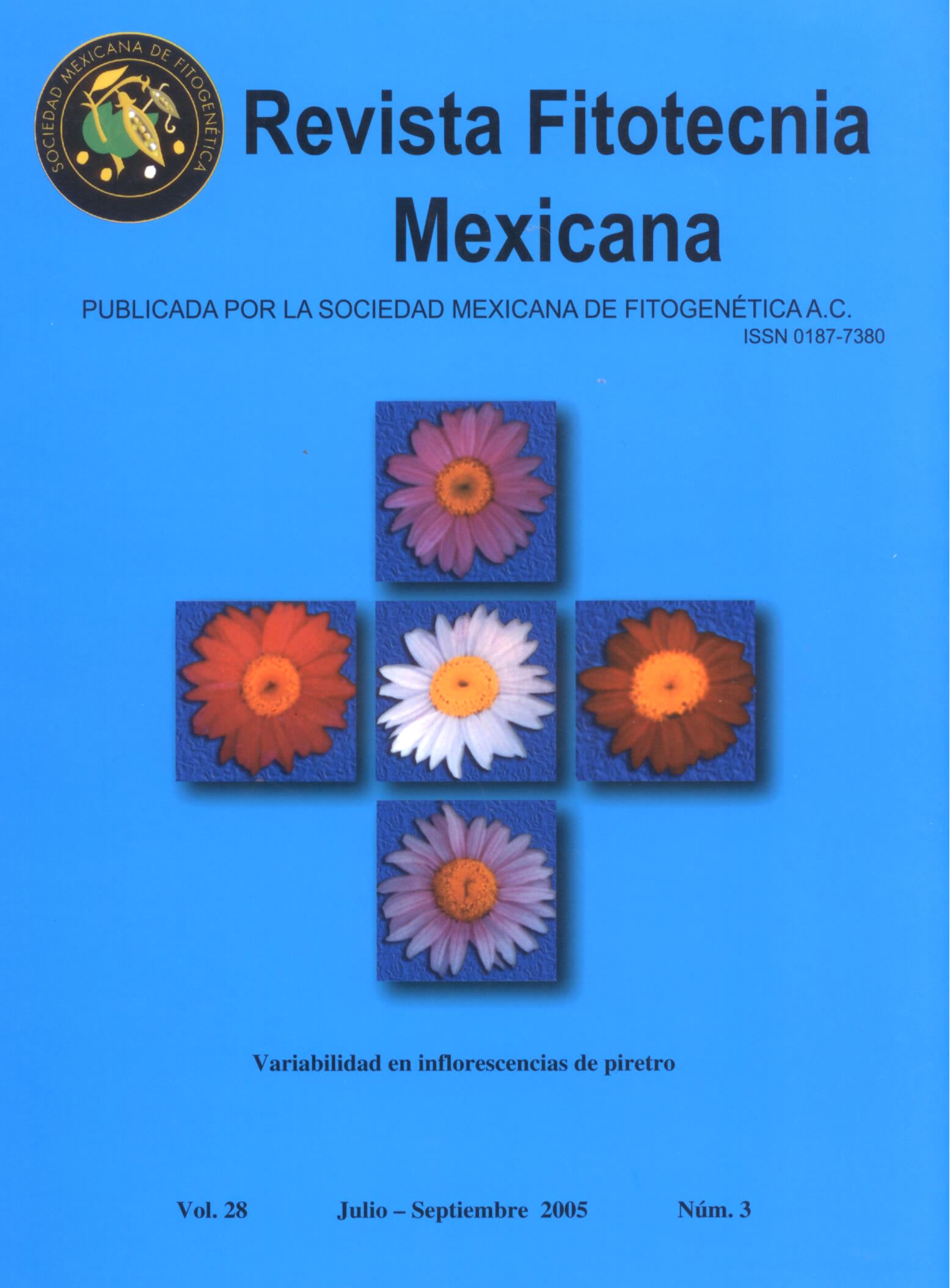SITE INDEX FOR Pinus montezumae Lamb. AT THE REGION OF HIDALGO CITY, MICHOACÁN
Main Article Content
Abstract
The objective of this study was to compare the guide curve and the parameter prediction methods to determine the site index for P. montezumae in the Ciudad Hidalgo, Mich. region. Non linear regression was used to fit 634 height-age values collected from 40 dominant trees by stem analysis. Five growth models were tested utilizing the guide curve method. The Gompertz model was the best since it had the lowest value of the mean square error (MSE=11.145) and the highest value of the coefficient of determination (R2 =0.973); based on this model, five site index curves were obtained with different intercepts and a constant slope which generated anamorphic curves. The Chapman-Richards model was used for the parameter prediction method; this model had a good fit because of its low MSE value (10.186) and high R2 value (0.976). Five index curves were also obtained with the parameter prediction method which had a common intercept with height asymptote increasing with site index and zero height at age zero, and the resulting curves were polymorphic. The site index curves determined with the parameter prediction method covered better the distribution of P. montezumae than the guide curve method. Therefore, the site index curves determined with the parameter prediction method should be used for classifying site productivity in the forests where P. montezumae is found at the region of Ciudad Hidalgo, Michoacán.

